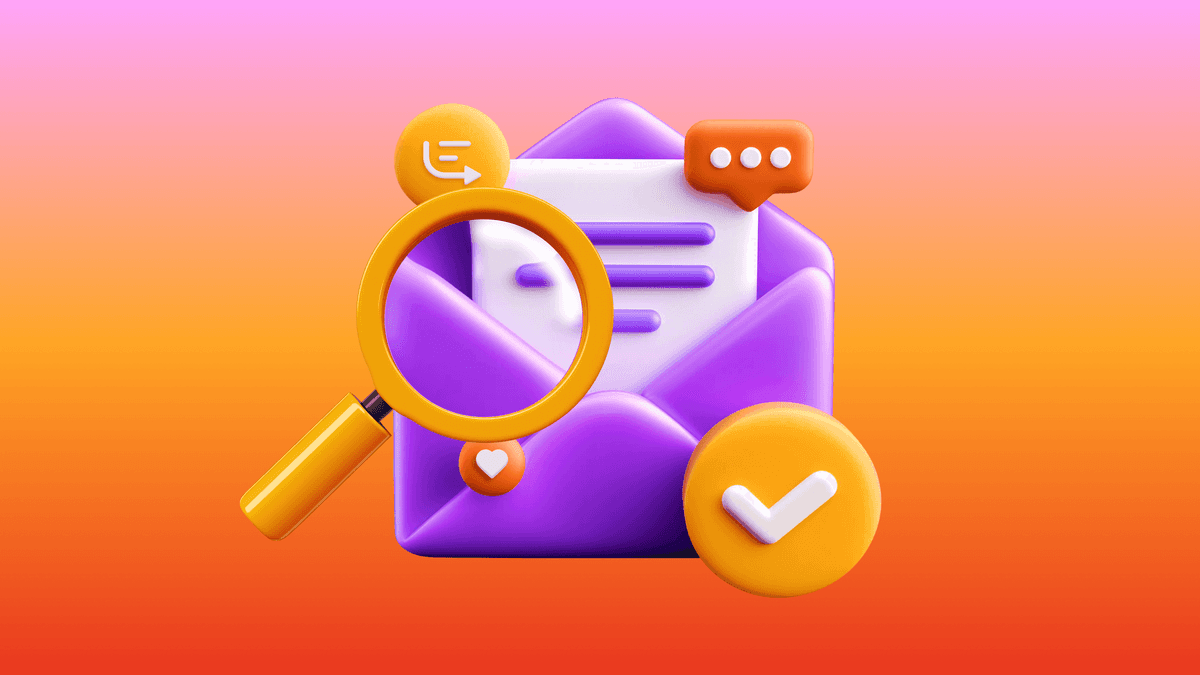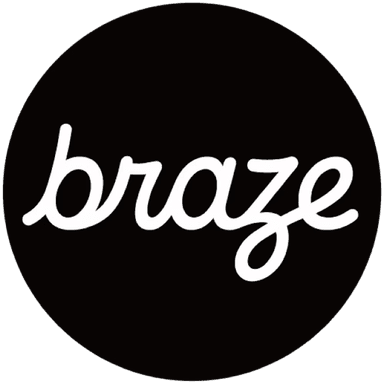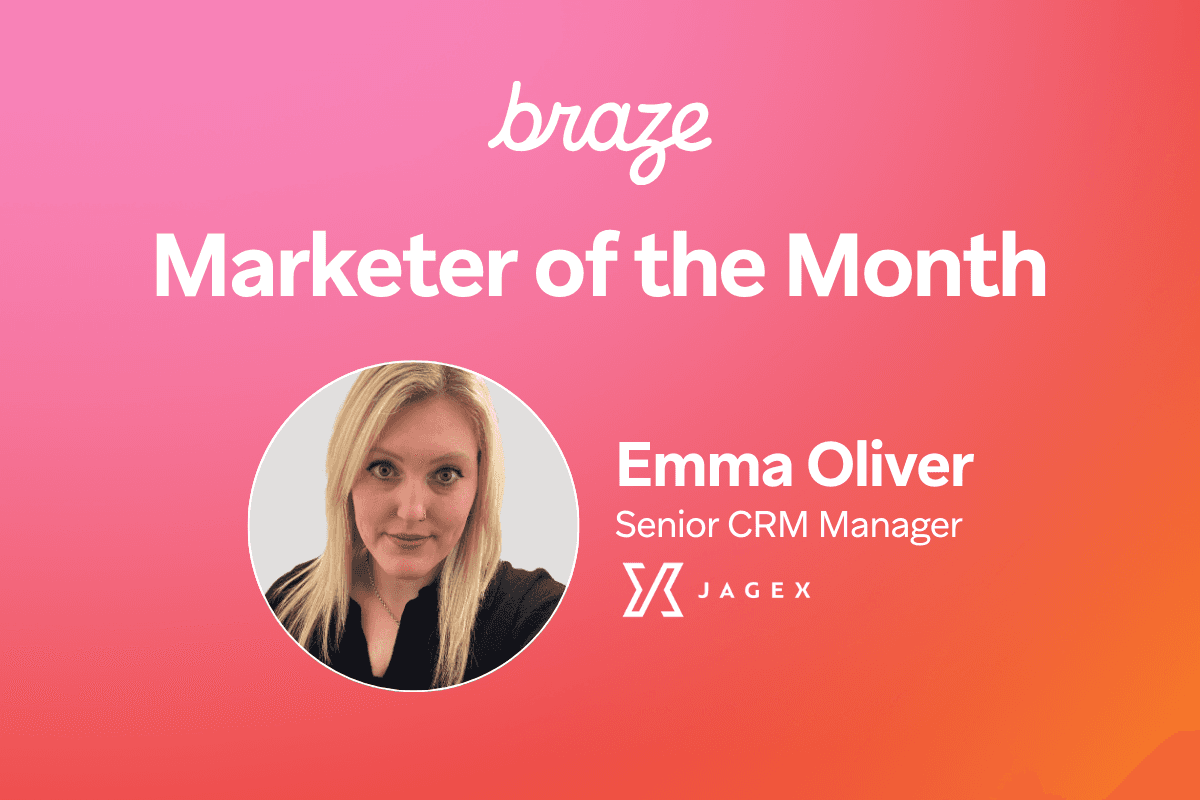How the right technology can support effective customer engagement—while reducing the burden on technical teams
Published on April 10, 2025/Last edited on April 10, 2025/8 min read


Sahiz Kaur
Senior Product Marketing Manager, BrazeModern customer engagement is built on a web of different technologies and solutions. While the specific tools and functionalities can differ significantly from industry to industry and business to business, this technical infrastructure plays an essential role in supporting stronger business results and deeper customer relationships. However, it's important not to lose sight of the fact that these technologies need to be integrated, maintained, and secured by skilled professionals in order to be effective. Furthermore, the way that each solution is designed and how it evolves over time can have a major impact on not just those professionals' bandwidth, but on that brand's ability to sustain and grow its engagement efforts over time.
Here at Braze, we know that minimizing the work required from technical teams to support marketing activities opens up new opportunities for marketers and developers alike. That's why we've designed our customer engagement platform with ease of use and scalability in mind, allowing marketers to build and orchestrate sophisticated cross-channel experiences within a single interface.
Let's explore why that matters and what success looks like for brands looking to carry out effective customer engagement programs today.
Today’s customer engagement landscape: The rise of data warehouses
Since the early days of digital marketing, brands have been searching for something powerful but elusive when it comes to their customers: A single source of truth. That continues to be a challenge, and has grown particularly difficult as the volumes of data being collected have continued to rise. Today, the average human generates 1.7 MB of data per second and many brands continue to try to gather as much of that information as possible, leading 80% of brands to say they’re gathering more information than they know how to use.
To manage and mine this flood of data, companies have increasingly turned to cloud data warehouses. These solutions, which include Amazon Redshift, Databricks, Google BigQuery, and Snowflake, consolidate massive data volumes from a wide range of sources and in different formats, with the goal of accelerating analytics and boosting business intelligence. By drawing from so many diverse streams—everything from log files within custom apps to third-party historical information—data warehouses are able to support specific and instant queries that can drive effective decision-making and, in some cases, serve as brands’ single source of truth.
The challenge for marketers? How to take the data, insights, and automations contained within their organizations’ cloud data warehouses and use them effectively to support their customer engagement efforts.
How Braze can help technical teams reduce customer engagement resource debt
So that’s where we are. There’s more data than ever, offering a treasure trove for marketers looking to power relevant, personalized experiences, but also creating significant complexity and headaches for the teams who support those efforts from a technical perspective. That, in turn, makes it harder for marketers to get the support they need when they need it, and takes technical stakeholders like product managers and engineers away from their core responsibilities, complicating manners across the board.
There are a number of ways to start chipping away at this problem, but one of the best is for your organization to invest in technologies that are able to reduce that burden through thoughtful architecture. To that end, Braze is designed to make it easy for technical teams to integrate and activate relevant data, regardless of source, structure, or format.
How does Braze make that possible? Some of the key features within our platform include:
- Cloud Data Ingestion: This feature lets brands directly connect, sync, and delete user (e.g. user attributes, events, purchases) and non-user data from leading data warehouses, including Snowflake, AWS Redshift, Databricks, and Google BigQuery, in connection with their use of Braze
- Braze Data Transformation: This tool allows brands to send data from any software as a service (SaaS) solution into Braze via webhooks, then transform and map that information to the user profiles within Braze using JavaScript; Braze also offers an AI copilot designed to help non-technical marketers write the relevant code
- Braze Catalogs: This feature allows marketers to harness their brand’s own catalog of data related to the goods, products, or services their company offers to personalize customer experiences and campaigns (for instance, supporting cart abandonment reminders, product recommendations, new item messaging, etc.)
- Shopify Catalogs: This tool—part of a larger Braze/Shopify partnership that includes a custom connector—directly connects and syncs the inventory of products from a Shopify store into the Braze platform’s Catalogs feature, which lets marketers gather and act on non-user data in their Braze-powered customer engagement campaigns
- Identity Resolution Features: These features enable brands to identify and merge user profiles based on key identifiers (think email addresses, phone numbers, etc.), reducing duplicate profiles and giving marketers a more holistic picture of each individual across the lifecycle
- SQL Segment Extensions: This tool allows you to build and target segments across a wider range of factors through the use of a fast, flexible SQL editor
- Braze Query Builder: This flexible and customizable SQL feature helps brands more quickly and easily answer bespoke data questions and isolate key insights to support their customer engagement efforts
- Braze Currents: This fast, continuously streaming data export interface supports direct connections between the Braze lifecycle engagement platform and data warehouses, business intelligence tools, and other layers of the modern marketing tech stack
- Currents Field Transformations: With this tool, brands can hash or nullify data fields before the information is sent to a data warehouse, customer data platform (CDP) or behavioral analytics destination, supporting privacy efforts and stronger control over what data is shared where
- Snowflake Data Sharing: This feature allows Braze customers to security access Braze data within Snowflake without copying or transferring information between the two different platforms; instead, sharing is handled via Snowflake’s unique services layer and metadata store
- Snowflake Reader Accounts: This tool helps you seamlessly share data from Snowflake with non-Snowflake users, supporting data democratization and improved internal transparency around data and its usage
Connecting Braze to your organization’s cloud data warehouse and other essential technologies can often be done in a matter of minutes, opening up vast swaths of data to marketers and allowing them to power personalization and act on rich insights with minimal technical assistance. The easy, seamless integrations between Braze and other technologies, particularly cloud data warehouses, allow technical teams to spend less time building out new data pipelines or creating custom data solutions for their Marketing counterparts. On the flip side, Braze empowers marketers to develop and launch sophisticated campaigns and user journeys based on real-time, relevant data, supporting better user experiences and business outcomes with fewer dependencies.
Final thoughts
Effectively gathering, processing, managing, and acting on data is at the core of modern customer engagement, but not every organization is set up to take advantage of what’s possible today. The Braze platform’s interoperability and roster of data features can play a major role in reducing the engineering support burden associated with top-flight customer experiences and empowering marketers to own more of the customer engagement process. That helps Marketing teams to move faster, experiment more consistently, and innovate effectively to better meet their customer needs and hit their business goals.
Interested in learning more about how Braze can help reduce the burden on technical teams? Check out our exclusive guide.
Forward-Looking Statements
This blog post contains “forward-looking statements” within the meaning of the “safe harbor” provisions of the Private Securities Litigation Reform Act of 1995, including but not limited to, statements regarding the performance of and expected benefits from Braze and its products and features. These forward-looking statements are based on the current assumptions, expectations and beliefs of Braze, and are subject to substantial risks, uncertainties and changes in circumstances that may cause actual results, performance or achievements to be materially different from any future results, performance or achievements expressed or implied by the forward-looking statements. Further information on potential factors that could affect Braze results are included in the Braze Annual Report on Form 10-K for the fiscal year ended January 31, 2025, filed with the U.S. Securities and Exchange Commission on March 31, 2025, and the other public filings of Braze with the U.S. Securities and Exchange Commission. The forward-looking statements included in this blog post represent the views of Braze only as of the date of this blog post, and Braze assumes no obligation, and does not intend to update these forward-looking statements, except as required by law.
Related Tags
Be Absolutely Engaging.™
Sign up for regular updates from Braze.
Related Content
View the Blog
The new inbox reality: How iOS changes are reshaping email marketing

Aparna Prasad

Experience optimization: Turning data insights into better journeys

Team Braze

December 2025 Bonfire Marketer of the Month: Jagex’s Emma Oliver
